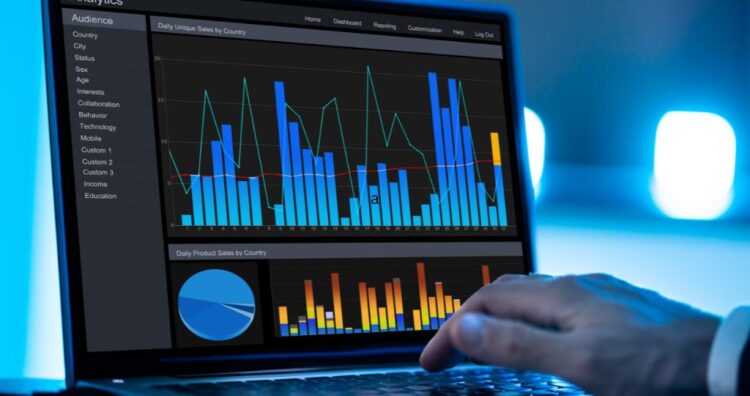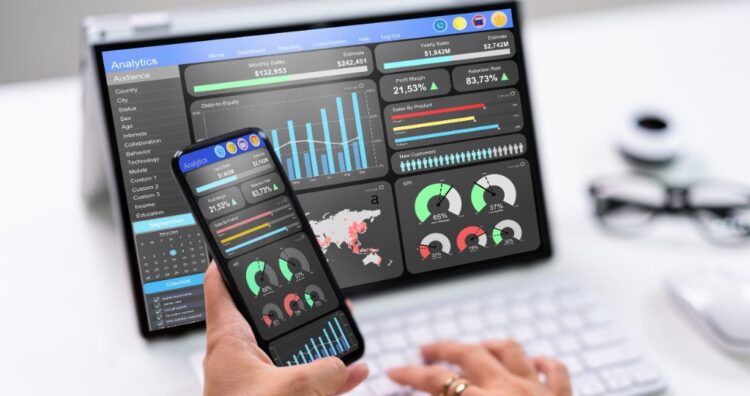Every company aspires to make wise choices. Additionally, sound judgments need solid facts. However, it matters how you convey that knowledge.
This is why it’s so important to comprehend data and turn it into insightful knowledge. But your audience won’t be very motivated to act on that information if you aren’t making a connection with them. Data storytelling can help with that.
Persuasive data stories assist you in effectively and compellingly communicating important insights, resulting in change and motivating action in the workplace. You’re not alone if telling stories doesn’t come easily to your analytical mind. Luckily, telling a good story doesn’t require majoring in English.
So, create engaging data stories that excite, convince, and inspire your teams and company by using the advice and techniques listed below.
Page Contents
Techniques To Tell Persuasive Data Stories To Attract The Audience

So, how can someone evaluate what makes a good story? More critical, though, is how to tell it well. To get started, follow the instructions below.
Determine Your Story
Finding a story worth sharing is the first step towards crafting a strong data tale. To get answers, you can begin by formulating a query or a hypothesis and then gathering and analyzing pertinent facts. So, ask yourself this question as you evaluate various persuasive data stories:
- What are you attempting to explain?
- What objectives do you have?
- Are you attempting to win someone over to a proposal?
Data can be analyzed in various ways to reveal a story, and the story you intended to convey might not be the one you discover. Consider utilizing the following strategies to help you discover a subject and create a framework for your tale as you gather and examine your data:
Seek Correlations
Which correlations do you notice among the data points? Do any intriguing or unexpected connections exist? These correlations can provide a story with a strong starting point.
Determine Trends

Trends show the path that something is taking as it develops or changes. For instance, is a certain good or service your company provides growing? Alternatively, you could wish to track the trends in your website traffic over time.
You might find that certain days or periods typically see a higher or lower volume of visitors. Recognizing new or developing trends in your industry is essential to know how your organization should react and get ready.
Craft Your Data Narrative
As it turns raw data into usable insights, creating a captivating data narrative is crucial in data analysis. A common mistake many data analysts make is to overanalyze, become overwhelmed with data, and lose sight of the wider picture.
To demonstrate their abilities, they make a ton of graphs, investigate every variable, or use intricate Machine Learning (ML) models. However, this can result in a lack of useful conclusions and information overload. To prevent this, you must:
-
Determine Who The Intended Audience Is
As you identify your target audience, consider their degree of experience and interest in the topic. This will affect the language used in the story, the level of analysis, the main goal of the story, and the way the data is woven into the story.
For example, depending on the audience, delivering a 46% increase in customer retention may be presented differently. While external communication should highlight how input has resulted in improvements, internal communication may highlight accomplishment and value.

-
Coming Up With A Narrative Framework And Storyline
A data narrative structure must be developed before data can be effectively told. Persuasive data stories should have a strong introduction, body, and conclusion, just like any other outstanding narrative. These principles can help analysts create compelling and useful data stories.
Hold Your Audience’s Attention
People are visual learners. Our brains store more than 90% of information as images. Unlike blogs, articles, and whitepapers that rely solely on text, unique material accompanied by related graphics boosts engagement.
You may make engaging and visually stimulating presentations that provide practical insights using data visualization and visual analytics technologies. Consequently, this may stimulate conversions.
Conclusion
For leaders at all levels, data-driven storytelling effectively conveys difficult concepts, wins support, and guides smarter decision-making. You can produce powerful data tales that inspire change by fusing the most effective data analysis, visualization, and storytelling techniques.




